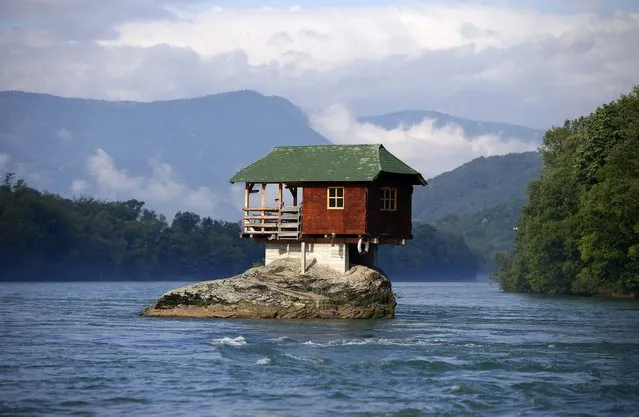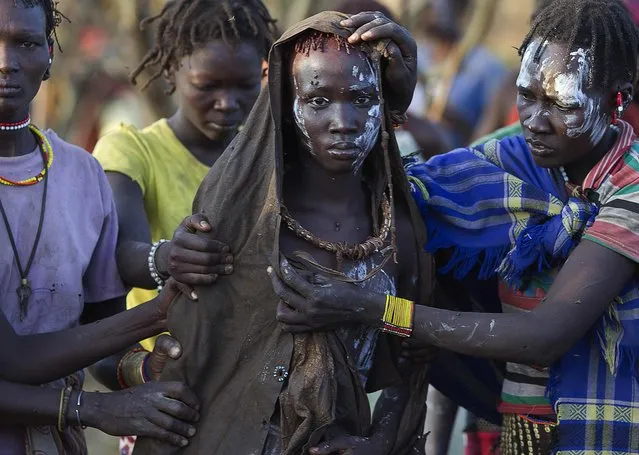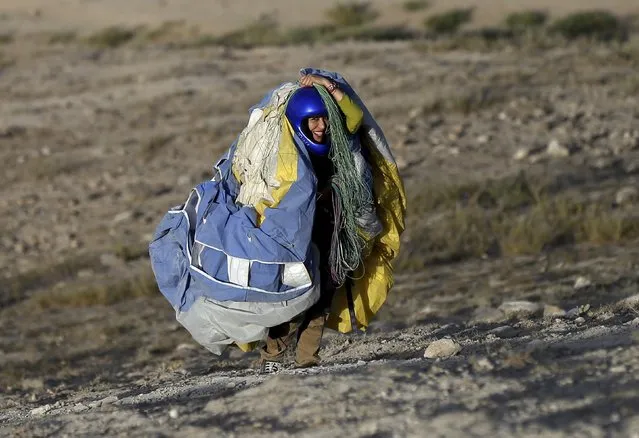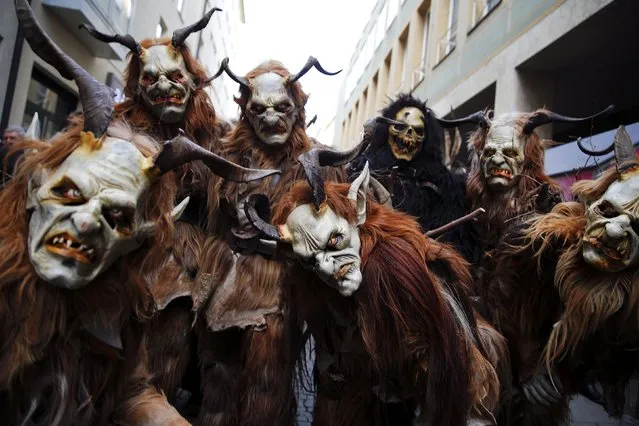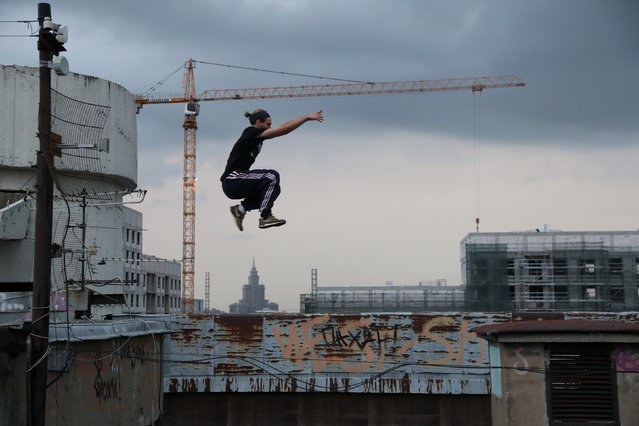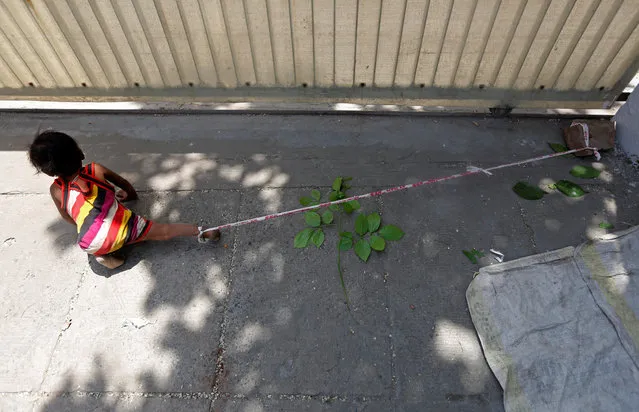
Gaikuo-Captain is a young Chinese student of chemical engineering, and a talented illustrator. His passion for the comic was demonstrated by a series of works that combine drawings with photographs, so that he himself is "immersed" in a fantasy to interact with characters from comic books and manga. His pieces are successful in social networks, particularly in Weibo, Chinese social network where Gaikuo publishes. You can see all his work on his zcool profile.
See also: Part 2
04 Aug 2014 10:17:00,post received
0 comments

